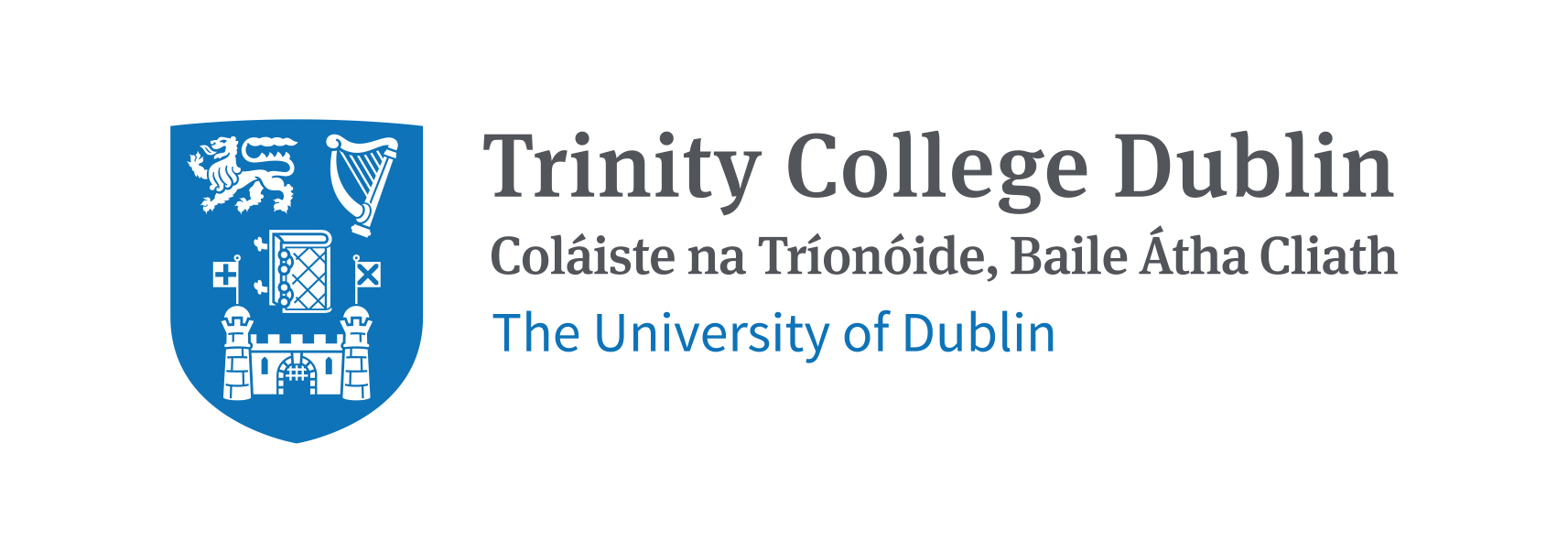An improved framework for the inverse analysis of skeletal muscle tissue in-vivo
Citation:
Kevin Mattheus Moerman, 'An improved framework for the inverse analysis of skeletal muscle tissue in-vivo', [thesis], Trinity College (Dublin, Ireland). Department of Mechanical and Manufacturing Engineering, 2012, pp.284Download Item:
Abstract:
This thesis focusses on the development of an experimental and computational framework for the non-invasive analysis of the passive mechanical properties of living human skeletal muscle tissue. This is relevant to many areas of research including impact biomechanics and rehabilitation engineering. Although constitutive models have been proposed for muscle tissue these have been insufficiently validated for human tissue which requires non-invasive methods. Non-invasive analysis of the mechanical properties of soft tissue requires non-invasive mechanical exciting and inverse analysis of non-invasively measured experimental boundary conditions such as tissue deformation and applied load. Magnetic Resonance Imaging (MRI) provides excellent soft tissue contrast without ionizing radiation. In addition it allows for the measurement of soft tissue anatomy, architecture and deformation boundary conditions. Hence for mechanical excitation a novel MRI compatible and computer controllable soft tissue indentation device was developed and implemented with an accurate high acquisition rate (100Hz) optical force sensor capable of viscoelastic force registration. In order to measure the resultant deformation SPAtial Modulation of the Magnetisation (SPAMM) tagged MRI was used. Traditional SPAMM tagging methods require large numbers of repetitions of motion cycles causing repeatability difficulties and volunteer discomfort. However for this thesis a unique set of high speed SPAMM tagged MRI techniques, and fully automatic post-processing methods based on Gabor wavelet filtering, were developed allowing for the measurement of complex dynamic 3D deformation following the combination of just 3 motion cycles. The SPAMM tagged MRI techniques were validated using marker tracking in a silicone gel phantom and underwent in-vivo evaluation whereby sub-voxel accuracy and precision levels were reported. Constitutive models for passive skeletal muscle tissue were evaluated using inverse Finite Element (FE) Analysis (FEA) based fitting to experimental data from the literature. It was shown that current models do not allow appropriate modelling of anisotropy. A new constitutive law was proposed which formed a close match to the data and was based on Gaussian weighting of transverse and longitudinal direction contributions of a spherical fibre distribution model. This thesis focusses on the development of an experimental and computational framework for the non-invasive analysis of the passive mechanical properties of living human skeletal muscle tissue. This is relevant to many areas of research including impact biomechanics and rehabilitation engineering. Although constitutive models have been proposed for muscle tissue these have been insufficiently validated for human tissue which requires non-invasive methods. Non-invasive analysis of the mechanical properties of soft tissue requires non-invasive mechanical exciting and inverse analysis of non-invasively measured experimental boundary conditions such as tissue deformation and applied load. Magnetic Resonance Imaging (MRI) provides excellent soft tissue contrast without ionizing radiation. In addition it allows for the measurement of soft tissue anatomy, architecture and deformation boundary conditions. Hence for mechanical excitation a novel MRI compatible and computer controllable soft tissue indentation device was developed and implemented with an accurate high acquisition rate (100Hz) optical force sensor capable of viscoelastic force registration. In order to measure the resultant deformation SPAtial Modulation of the Magnetisation (SPAMM) tagged MRI was used. Traditional SPAMM tagging methods require large numbers of repetitions of motion cycles causing repeatability difficulties and volunteer discomfort. However for this thesis a unique set of high speed SPAMM tagged MRI techniques, and fully automatic post-processing methods based on Gabor wavelet filtering, were developed allowing for the measurement of complex dynamic 3D deformation following the combination of just 3 motion cycles. The SPAMM tagged MRI techniques were validated using marker tracking in a silicone gel phantom and underwent in-vivo evaluation whereby sub-voxel accuracy and precision levels were reported. Constitutive models for passive skeletal muscle tissue were evaluated using inverse Finite Element (FE) Analysis (FEA) based fitting to experimental data from the literature. It was shown that current models do not allow appropriate modelling of anisotropy. A new constitutive law was proposed which formed a close match to the data and was based on Gaussian weighting of transverse and longitudinal direction contributions of a spherical fibre distribution model.
Sponsor
Grant Number
Research Frontiers Grant, Science Foundation Ireland
06/RF/ENM076
Author: Moerman, Kevin Mattheus
Advisor:
Simms, Ciaran K.Qualification name:
Doctor of Philosophy (Ph.D.)Publisher:
Trinity College (Dublin, Ireland). Department of Mechanical and Manufacturing EngineeringNote:
TARA (Trinity’s Access to Research Archive) has a robust takedown policy. Please contact us if you have any concerns: rssadmin@tcd.ieType of material:
thesisCollections
Availability:
Full text availableMetadata
Show full item recordLicences:






